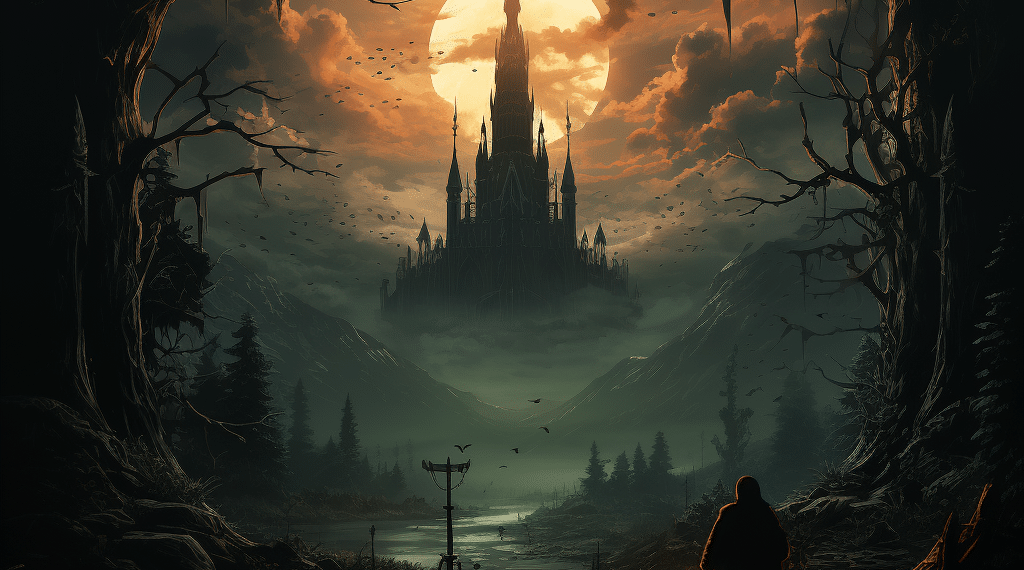“The Last Faith,” while reminiscent of its notable predecessors, stands out as an engaging Metroidvania title worth exploring. This 2D action-adventure game may not introduce groundbreaking elements to the genre, but it excels in executing its borrowed concepts. Merging aspects of Castlevania, Dark Souls, and a significant influence from Bloodborne, it manages to carve out its own niche within a familiar framework. Despite its heavy borrowing, which at times overshadows its individuality, it offers a core Metroidvania experience enriched with gothic charm and challenging gameplay.
From the start, players are presented with four distinct combat styles, signifying the game’s commitment to customization and player choice. This foundational decision sets the tone for a game that respects its roots but chooses a more streamlined path. The reduction in initial complexity, compared to Soulsborne titles, is a deliberate choice by the developer, Playstack, to focus on a more accessible yet deep experience. The game’s simplicity in stats, inventory management, and weapon upgrades complements its style, proving that restraint can often enhance gameplay.
The narrative, led by the enigmatic protagonist Eryk, unfolds in a world plagued by corruption and darkness. The story, while drawing tonal inspiration from Bloodborne, is less convoluted and more straightforward. This approach to storytelling, while occasionally veering into opacity through its writing style, remains mostly unintrusive to the gameplay experience. The lore, although dense, does not detract from the game’s central focus: exploration and combat.
Oxnyville Manor, the central hub in “The Last Faith,” emerges as a pivotal location for character progression and narrative advancement. The game’s quest system, devoid of a traditional log or journal, encourages exploration and attentiveness to NPC dialogues. This design choice, while sometimes leading to ambiguity in objectives, aligns well with the game’s overall mysterious ambiance.
The level design and exploration mechanics are noteworthy, featuring well-thought-out areas that hint at future abilities and return visits. The game doesn’t try to reinvent the Metroidvania genre but instead focuses on refining it. The level design, traversal abilities, and overall world-building demonstrate Playstack’s understanding of what makes a Metroidvania game engaging.
Combat and boss battles are areas where “The Last Faith” shines. Each encounter requires strategic thinking, patience, and experimentation. The variety of weapons and spells, each with unique abilities and upgrade paths, offers players the flexibility to tailor their combat style. The game encourages experimentation, with different strategies often needed to overcome the more challenging bosses.
Despite its reliance on familiar tropes and a heavy influence from Bloodborne, “The Last Faith” ultimately stands on its own as a solid Metroidvania game. Its keen understanding of the genre’s essentials, coupled with a well-executed gothic atmosphere and engaging gameplay mechanics, makes it a title worth experiencing for fans of both Metroidvania and Souls-like games. “The Last Faith” is a testament to Playstack’s appreciation and understanding of the genre, delivering a game that, while familiar in many ways, is still uniquely enjoyable.
“The Last Faith” is available on PC, PS4, PS5, Switch, Xbox Series X/S, offering a dark, gothic fusion of Metroidvania and Soulslike elements. With its challenging combat, array of weapons, and compelling world, it’s a journey that will entice and challenge fans of the genre.
The Review
The Last Faith
PROS
- Gothic Atmosphere: The game likely boasts a rich, dark gothic atmosphere, appealing to players who enjoy immersive, mood-setting environments. Its setting could be filled with eerie landscapes, ancient ruins, and haunted locales that perfectly capture the gothic essence.
- Complex Metroidvania Gameplay: As a Metroidvania, it probably offers intricate maps and challenging levels that encourage exploration and backtracking with new abilities, satisfying players who love piecing together the game world and discovering its secrets.
- Unique Art Style: The game might feature a distinctive art style that sets it apart from others, possibly drawing on gothic elements such as stark contrasts, detailed backgrounds, and character designs that resonate with the theme.
- Deep Storytelling: Given its gothic influence, the narrative likely delves into complex themes with a dark, compelling storyline that includes twists, deep lore, and engaging character arcs.
- Diverse Gameplay Mechanics: Incorporating puzzles, platforming, and combat, the game could offer a well-rounded experience that keeps gameplay fresh and engaging. The use of abilities to unlock new areas and challenges adds depth to exploration and combat.
CONS
- Difficulty Curve: Metroidvania games often have a steep difficulty curve, which might frustrate players new to the genre or those who prefer a more straightforward gaming experience.
- Length and Pacing: Depending on execution, the game might suffer from pacing issues, with some sections dragging on or feeling repetitive, especially in larger, more intricate game worlds where progress relies heavily on exploration.
- Potential for Clichés: Embracing a gothic theme risks falling into clichéd storytelling or design elements, which could detract from its originality and engagement if not handled with care.






















